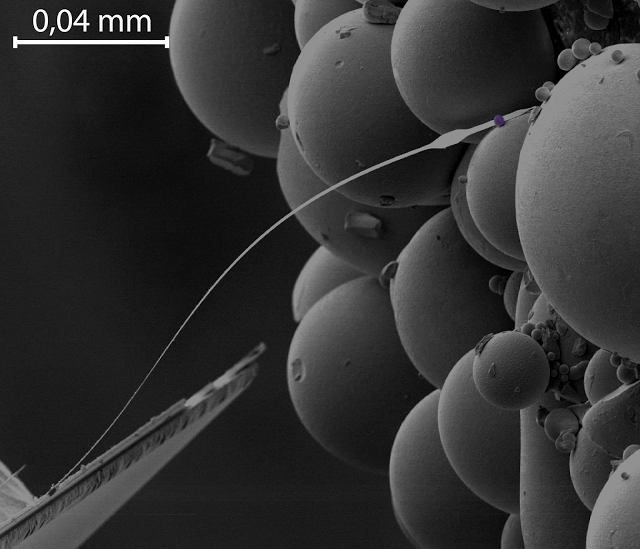FCC wants to lower high speed internet definition and standards
File a comment with the FCC to let them know that affordable true high speed (1+ Gbps) is needed. The FCC wants to ditch the requirement to provide higher speed internet and try to say that the current slow speeds that have existed for about 20 years are good enough. Section 706 of the Telecommunications …











